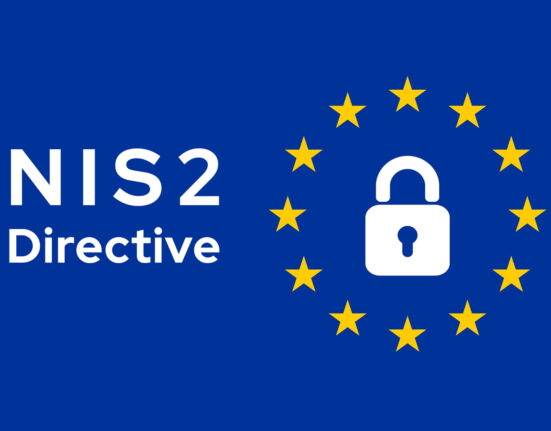The European Union’s Pay Transparency Directive is a pivotal step toward closing the gender pay gap and promoting workplace equality. Adopted in 2023, this directive imposes significant obligations on employers to ensure pay structures are transparent, fair, and non-discriminatory. This article outlines the key aspects of the directive, its implications, and what organizations must do to comply.
Key Objectives of the EU Pay Transparency Directive
The directive aims to:
- Close the gender pay gap by enhancing pay transparency.
- Ensure employees have access to information regarding pay structures.
- Provide stronger mechanisms for employees to claim their right to equal pay.
Key Provisions
1. Pay Transparency for Job Seekers
- Employers must disclose the expected salary range in job advertisements or before the interview stage.
- Employers are prohibited from asking candidates about their pay history.
2. Right to Information for Employees
- Employees have the right to request information on their individual pay level and the average pay level for workers doing the same or equivalent work.
- This information must be provided within a reasonable timeframe and in clear, accessible language.
3. Pay Reporting and Audits
- Companies with 100 or more employees are required to report pay data by gender.
- If a gender pay gap of 5% or more is identified and cannot be justified on objective grounds, the company must conduct a pay assessment in cooperation with employee representatives.
4. Remedies and Enforcement
- Employees who experience pay discrimination are entitled to compensation.
- Burden of proof lies with the employer to demonstrate compliance with equal pay regulations.
- Penalties, including fines, may be imposed for non-compliance.
Timeline for Implementation
- The directive was formally adopted in 2023.
- EU member states must transpose the directive into national law by June 2026.
- Employers will then need to meet reporting and transparency obligations within their respective countries’ legal frameworks.
Steps Employers Should Take to Prepare
- Review Current Pay Structures
- Conduct internal audits to assess potential pay gaps.
- Ensure that salary frameworks are based on objective criteria such as experience, skills, and responsibilities.
- Update Recruitment Practices
- Prepare to disclose salary ranges in job postings.
- Train HR staff to comply with the new regulations.
- Implement Transparent Pay Policies
- Develop clear documentation regarding pay scales, progression criteria, and salary reviews.
- Engage with Employee Representatives
- Establish dialogue with employee unions or representatives to prepare for potential pay assessments.
Implications for Employees
- Greater transparency empowers employees to better understand their pay rights.
- Employees can challenge pay discrepancies more effectively.
Conclusion
The EU Pay Transparency Directive is a landmark initiative that advances gender equality in the workplace. By proactively aligning with its requirements, organizations can foster a fairer working environment while mitigating the risk of legal penalties. Both employers and employees should remain informed and prepared as the directive’s implementation deadline approaches.







